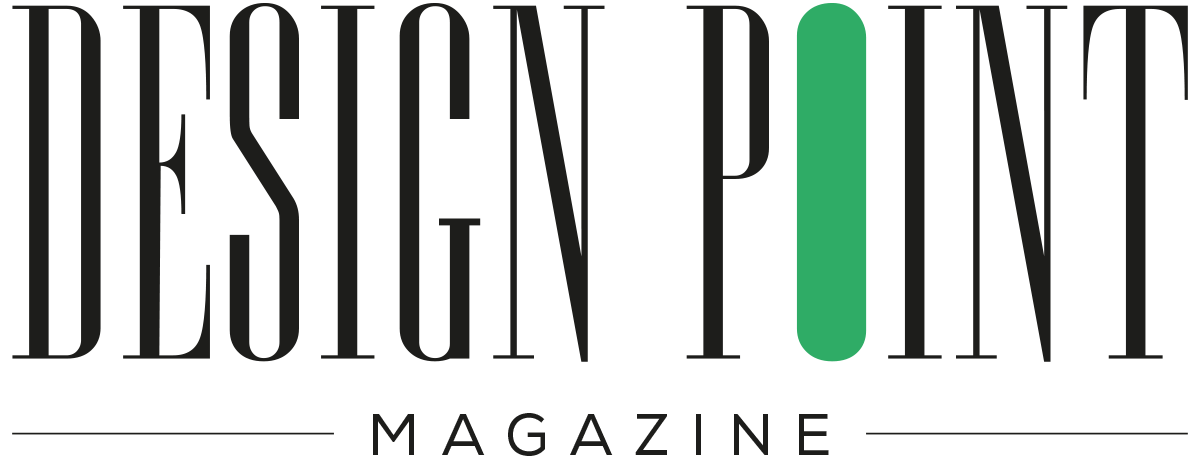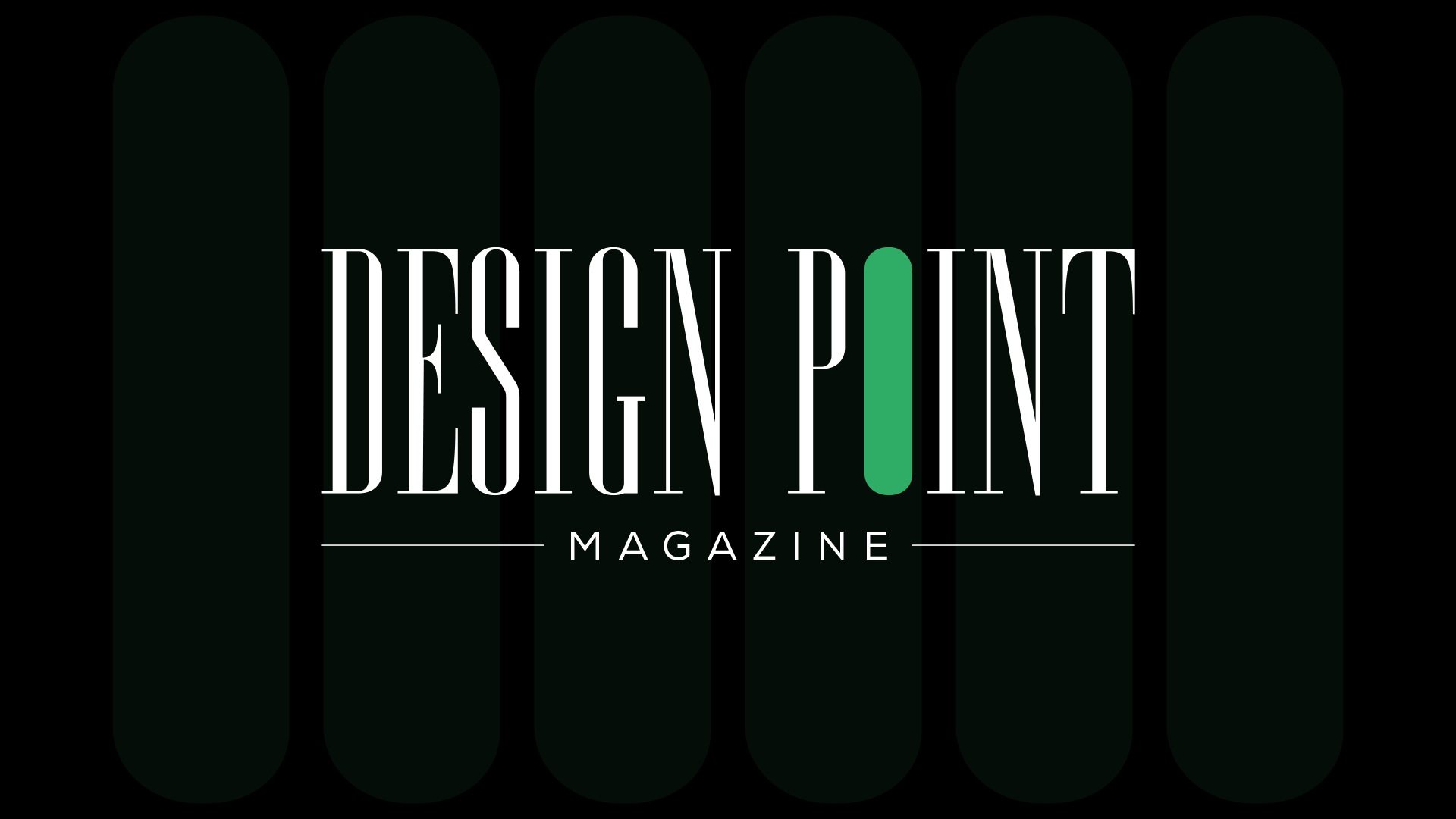Remember the last time your firm updated its brand? Chances are it involved a flurry of activity—a new logo, fresh website, updated business cards—followed by years of… well, not much happening until the next refresh cycle.
Here’s the problem: that approach doesn’t work anymore.
From One-Time Projects to Ongoing Systems
Let me ask you something: Would you build your legal strategy on disconnected projects rather than a coherent system? Probably not. Yet many firms still approach branding exactly this way—as a series of occasional makeovers rather than a dynamic framework that evolves with your firm.
The most forward-thinking law firms are shifting from treating branding as discrete projects to developing comprehensive brand systems. And the results speak for themselves: research from McKinsey shows that brands delivering consistent experiences across touchpoints increase revenue by 10-15% while reducing operational costs by 15-20%.
Think about it—your firm is constantly evolving:
Practice areas expand in response to new legislation (just look at how privacy practices exploded after GDPR)
Partner mobility reshapes your talent landscape (partner moves increased 32% among top firms last year)
Messaging priorities shift from ESG one quarter to AI capabilities the next
A static brand simply can’t keep up.
Flexibility Creates Consistency (Yes, Really)
Here’s a counterintuitive truth: the path to brand consistency isn’t rigid control—it’s thoughtful flexibility.
The most successful brand systems use modularity as their secret weapon. Rather than forcing everyone into identical templates, they provide adaptable components that teams can assemble to meet specific needs while maintaining the firm’s core identity.
This isn’t just about looking good—it’s about building trust. According to research from Sitecore, 89% of legal clients cite consistent brand experience as a key factor in retention decisions. When your London office’s materials feel disconnected from your New York headquarters, clients notice.
I recently spoke with the CMO of a global law firm who implemented a modular brand system. “We used to spend weeks getting materials approved because everything was a custom job,” she told me. “Now our teams create on-brand materials in hours instead of days, and our client feedback shows they perceive us as more coherent and thoughtful.”
Your Website is Just the Beginning
Many firms make a critical mistake: they treat website redesign as the finale of branding work rather than the first chapter.
Your website should be the most visible expression of your brand system—a dynamic platform that can evolve with your firm’s priorities without losing coherence. Without a systematic approach, even frequently updated sections like attorney profiles quickly drift out of alignment with your broader narrative.
When built on a flexible structure with a cohesive design language, your site transforms from a static brochure into a responsive publishing platform that showcases your firm’s thinking in real-time.
Cross-Functional Teams Create Silos
This shift requires more than better designers. It demands structured collaboration between marketing, firm leadership, practice heads, and IT.
A 2023 Gartner study revealed something fascinating: law firms with formalized cross-functional brand governance teams were 2.7 times more likely to maintain consistent client experiences during periods of change.
The most effective firms are establishing brand governance committees—groups of partners, associates, and marketing professionals who evaluate significant brand adaptations while empowering daily implementation. This approach reduces bottlenecks while strengthening overall brand cohesion through shared ownership.
Brand Integrity When it Matters Most
When controversy strikes—whether from client matters, public scrutiny, or internal disagreement—your brand system becomes your foundation for a coherent response.
According to the 2023 Edelman Trust Barometer, 86% of clients expect law firms to take clear positions on societal issues related to their practices, while 73% of associates consider a firm’s values alignment in employment decisions.
Firms with systematic approaches to brand communication navigate these tensions more effectively, balancing client confidentiality with institutional values and transparency.
Making it Happen
Ready to move from project-based to systems-based branding? Here’s your roadmap:
Audit your current state: Map all brand touchpoints and identify inconsistencies
Establish governance: Define decision rights that balance speed with oversight
Create modular assets: Develop components rather than rigid templates
Build technical infrastructure: Ensure your digital platforms support component-based publishing
Train and empower: Give practice groups tools to implement without bottlenecks
Measure systematically: Track both brand consistency and business outcomes
Most firms see returns within 12-18 months through reduced production costs, faster launches, and strengthened client perceptions.
The Bottom Line
For law firm leaders navigating today’s market pressures, this shift may seem subtle. But its impact is transformative. A brand that functions as a system doesn’t just communicate value—it operationalizes it, turning marketing from a support function into a strategic advantage.
The question isn’t whether your firm needs another brand refresh. It’s whether your brand functions as a living system capable of adapting to tomorrow while maintaining the coherence that builds lasting client relationships.
That’s not just smart marketing. It’s smart business.
This post was originally published on Lynda’s LinkedIn newsletter, Marketing without Jargon. Lynda leads a team at Decker Design that focuses on helping law firms build differentiated brands.
Header image by Getty Images for Unsplash+.
The post You Need a Living Brand System (Not Just Another Rebrand) appeared first on PRINT Magazine.

